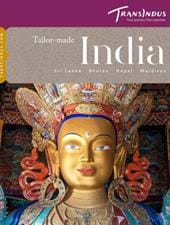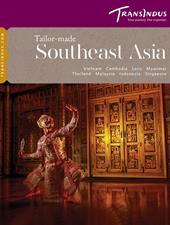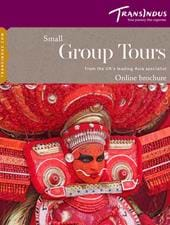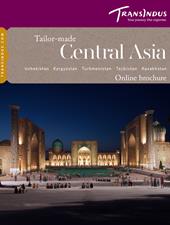Rajasthan’s fourth city, Bikaner, rises from the eastern fringes of the Thar Desert, its medieval core encircled by rich pink sandstone ramparts. A crop of ancient Jain shrines and eccentric 19th-century havelis cluster in the sand-blown back lanes of the old town (several of them converted into delightful heritage hotels) but stately Junagadh Fort, on low ground to the north, is the main reason why so many of our guests choose to break the long journey to Jaisalmer here.
The citadel was built in the late-16th century by Raja Rai, a general and loyal supporter of the Mughal emperor, Akbar. It is noteworthy less for its exterior than the treasures housed in its ornately decorated mahals, which include one of Akbar’s own swords.
Descendants of the Bikaneri royal family reside in the more modern Lalgarh Palace, on the northern edge of town. Sparkling with gilt, exquisite lacquer work and murals, the interiors entranced many a visiting royal and viceroy, as the photographs hanging beneath the tiger skins in the billiards room underline. Two wings of the palace have been converted into heritage hotels, centered on a cloistered courtyard where ghazal singing enlivens the winter evenings.
Outside Bikaner, an essential day trip is the one to the Karni Mata temple at Deshnok. The marble floors writhe with sacred rats, believed to be reincarnations of souls saved from the wrath of Yama, the god of death, by the resident deity, Karniji. The holy rodents are pampered with offerings from pilgrims and priests; it’s regarded as auspicious if one runs over your bare feet.








